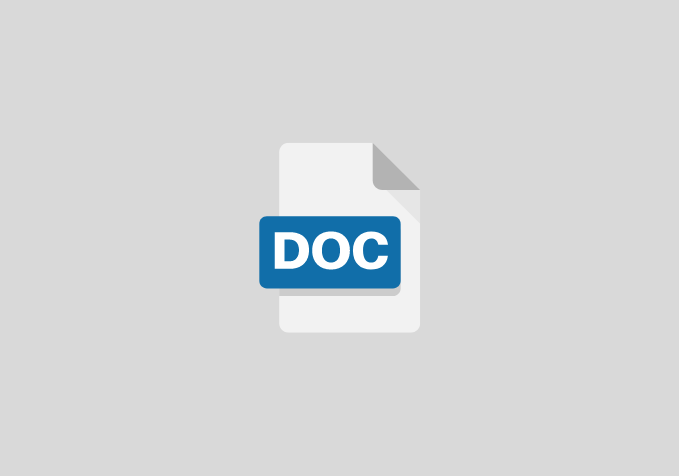The Use of ICT in Promoting Library Resources
CHAPTER ONE
Objectives of the Study
- To examine the uses of ICT in the library.
- To identify the extent ICT is used in the Ibom e-library, Uyo.
- To find out the factors that militate against the maximization of ICT in promoting library material.
CHAPTER TWO
LITERATURE REVIEW
INTRODUCTION
This chapter reviews literature related to the research. It involves a review of existing books, articles, journals and papers which are related to the research and also entails the interrogation of comments, critiques and issues revised by researchers/scholars on the use of Information, Communication and Technology in promoting Library resources. It also provides information that are central to effective understanding of the issues which necessitate the undertaking of this research, putting into cognizance the views and postulations of people across various fields of studies. Thus, it deals with a balance of arguments for or against quoted comments and eventual position of the researcher.
INFORMATION
Information is regarded as an important resource for all human activities.
―The right information from the right source, to the right user at right time is everybody‘s right‖. Information is the product of human brain in action. The simple meaning of information is ―knowledge, intelligence, facts or data, which can be used, transferred or communicated‖. Information is the result of experience, observation, interaction and reading. Thus, the information created should be made available to the users. Therefore, there is a need to provide the information to required users at appropriate time. The information requirements of users depend on social, economic, political, scientific, technological and psychological changes appearing in the society from time to time. Therefore the information professionals are required to develop skills in organizing and arranging the information, and provide the same to the needy users.
Information: Meaning & Definition
The simple meaning of information, in a restricted sense, is sensible statement, opinion, fact, concept of idea or an association of statements, opinions or ideas. Information is meaningful data used for decision making. Information means – knowledge communicated or received concerning a particular fact or circumstance; it can also be considered as knowledge gained through study, communication, research, instruction, etc. The term information is defined in Webster‘s New International Dictionary as ―the communication or reception of knowledge or intelligence‖.
Nature of Information
Mc.Garry1 summarizes varied attributes to see the nature of information:
- Information can be regarded as a near synonym of fact.
- It has a transforming or reinforcing effect on what is known, or believed to be known, by a human being.
- Information is used as an aid to decision-making.
- Information is the freedom of choice one has in selecting a message.
- Information is a necessary piece of something when we are faced with a choice; the amount required depends upon the complexity of decision to be made.
CHAPTER THREE
CURRENT TRENDS
Library is a vast storehouse of information. Emergence of Internet and Communication Technology (ICT), libraries has been acquiring different approaches of the same and mode of service is changed. Therefore, different types of libraries have born in society, such as:
Hybrid library: The hybrid library is a term used to describe libraries containing a mix of traditional print library resources and the growing number of electronic resources. Hybrid libraries are mixes of printed books and magazines, as well as electronic materials such as downloadable audio books, electronic journals, ebooks, etc. Hybrid libraries are the new norm in most public and academic libraries.
REFERENCES
- Mc.Garry, K.J. (1981). Changing context of information: An introductory analysis. London, Bingley,13.
- Mc.Credie, M. & Rice, R.E. (1999). Trends in Analyzing access to information, Part-I: Cross disciplinary conceptualization of access, information processing and Management. 35(1),45-76.
- Cooper, A. (1998) . Managing change to enhance technological orientation and Knowledge among library staff. The Electronic Library 16:4,247- 52.
- Fine, S. (1986) .Technological innovation, diffusion and resistance: An historical perspective. Journal of Library Administration ,7 (1), 83-108.
- Evald, P. (1996). Information technology in public libraries. Program30: 2, 121-31.
- Spacey, R., Goulding, A., & Murray, I.( 2003) . ICT and change in UK public libraries: Does training matter? Library Management, 24,1&2,61-69.
- Fine, S. (1986). Technological innovation, diffusion and resistance: An historical perspective. Journal of Library Administration,7 (1), 83-108.
- Evald, P. (1996). Information technology in public libraries. Program 30: 2, 121-31.
- .Fishbein, M.& I. Ajzen.(1975). Belief, attitudes, intention and behaviour: An introduction to theory and research. Readings, MA: Addison-Wesley


